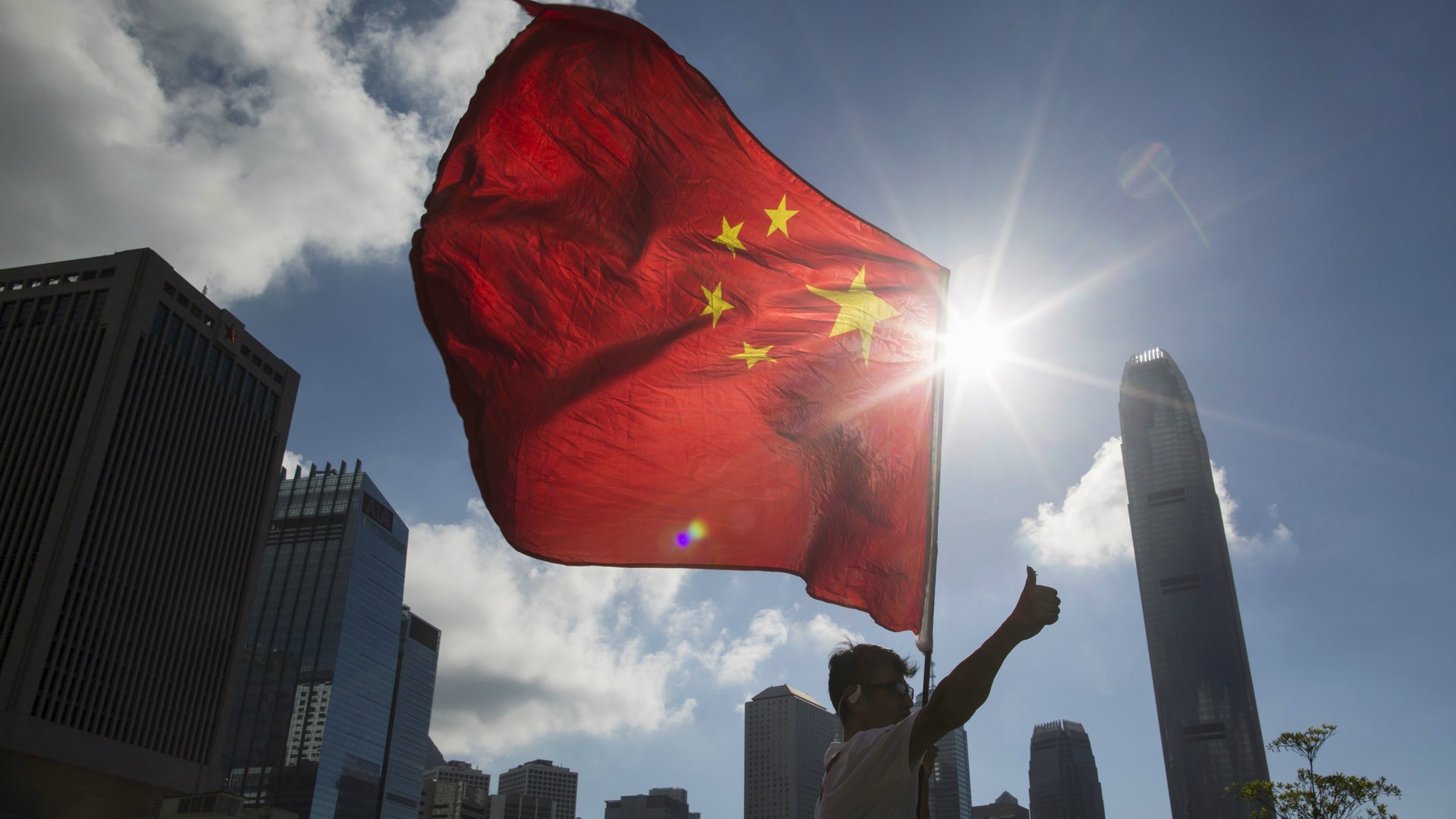Here’s an early hint about how Trump’s trade war could backfire on the US
It’s been almost a month since the US-China trade war began in earnest. On July 6, Donald Trump’s 25% tariffs on $34 billion worth of Chinese goods went into effect—followed immediately by China’s 25% levy on $34 billion worth of US-made products.


It’s been almost a month since the US-China trade war began in earnest. On July 6, Donald Trump’s 25% tariffs on $34 billion worth of Chinese goods went into effect—followed immediately by China’s 25% levy on $34 billion worth of US-made products.
The subsequent hit to US soybeans and a few other industries have attracted frenzied media coverage. These aside, it’s still a bit early to tell how trade actions will affect the overall economies of both countries. But in China, at least, new data suggest that the effects of the tariffs might not be as bad as some had predicted—thanks in part to the weakening yuan.
The clue comes from the July reading of the Chinese government’s purchasing managers index (PMI), a survey-based assessment of business activity for domestic manufacturers—stuff like output, orders, prices, and inventories. A reading above 50 signals expansion; a reading below 50 indicates a contraction.
The headline number isn’t heartening, exactly. The official manufacturing PMI fell to 51.2 in July, its softest reading in more than a year, not counting the noisy period around the Chinese New Year holidays. A slight slowdown in both output and new order drove this weakening, said Julian Evans-Pritchard of Capital Economics in a July 31 note.
But weirdly, given the trade war underway, the culprit doesn’t seem to have been a sharp drop-off in exports.
“The export orders component held steady,” writes Evans-Pritchard, “which suggests that the impact of the first tranche of US tariffs that came into effect this month is being largely offset by a weaker renminbi [another name for the yuan].”
And weaker it is. Since July 6, the yuan has dropped around 2.5% against the US dollar.
Sluggish domestic demand seems the more likely source of the drag on July’s manufacturing PMI. There’s one flashing red light in particular: the index’s imports component slid to a 23-month low in July.
These data hint at the problems a depreciating yuan might pose to Trump’s trade war. The yuan makes Chinese exports to the US relatively cheaper, dampening the effects of US tariffs. And for Chinese businesses and consumers, a weaker yuan makes imports of American goods even more expensive—amplifying the impact of China’s retaliatory tariffs.
There are some important caveats to keep in mind here. For one, in the June PMI reading, export demand contracted ever so slightly; so by “holding steady” in July, they simply didn’t contract more. And of course, this is just one monthly reading. As Evans-Pritchard highlights, the official PMIs have given confusing readings in the past. It’s also good to recall that the US is hardly the only buyer of Chinese exports. In the first six months of 2018, Americans bought around 19% of China’s 751 million yuan in exports (link in Chinese).
But if the yuan keeps dropping against the dollar, expect China to buy even fewer US goods, while the US will keep buying roughly the same amount as before the tariffs hit. That will ultimately make Trump’s bugbear—the US’s trade deficit with China—even buggier.